Power inverter 110 V to 220 V
This allows appliances designed for 220V to operate on a 110V power source.
-
Purpose:
The primary function of a 110V to 220V inverter is to convert the voltage of the electrical input (110V) to a higher voltage output (220V).
-
How it works:
It utilizes a transformer to increase the voltage. This is achieved by stepping up the voltage from the primary coil to the secondary coil of the transformer.
-
Applications:
These inverters are particularly useful for:
- International travel: Allowing users to operate 220V appliances in countries with 110V power outlets.
- Using 220V appliances in a 110V environment: Enabling the use of appliances like European appliances in North America.
- International travel: Allowing users to operate 220V appliances in countries with 110V power outlets.
-
Types of Inverters:
- Pure Sine Wave Inverters: These produce a clean, stable waveform similar to the power from a commercial grid, suitable for sensitive electronics.
- Modified Sine Wave Inverters: These produce a waveform that is an approximation of a sine wave, often used for less sensitive appliances.
- Pure Sine Wave Inverters: These produce a clean, stable waveform similar to the power from a commercial grid, suitable for sensitive electronics.
-
Important Considerations:
- Power Rating: Ensure the inverter has a sufficient power rating (measured in watts) to handle the appliance’s power requirements.
- Safety: Look for inverters with safety features like surge protection, overload protection, and short circuit protection.
- Input/Output Compatibility: Ensure the inverter is compatible with both the input voltage (110V) and the output voltage (220V).
- Power Rating: Ensure the inverter has a sufficient power rating (measured in watts) to handle the appliance’s power requirements.


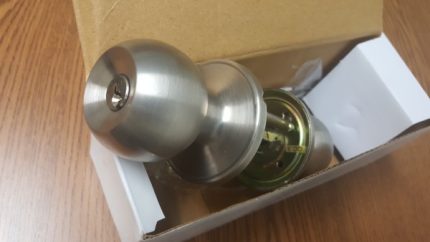
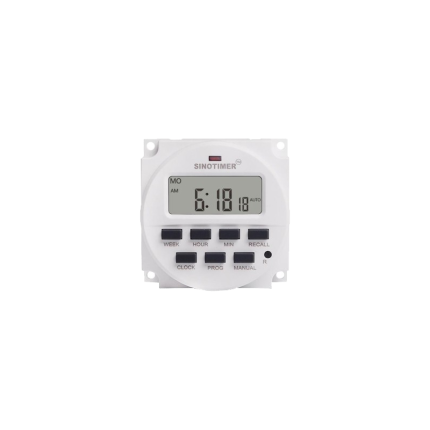

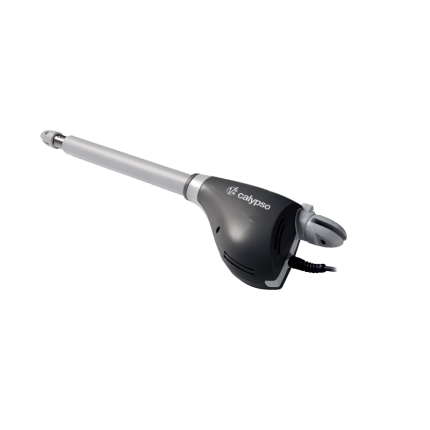
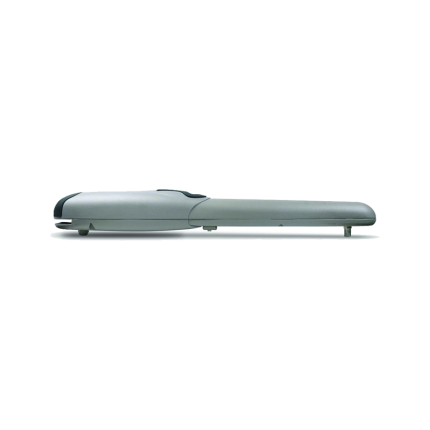
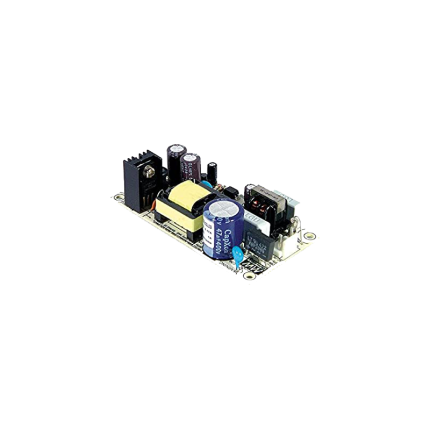
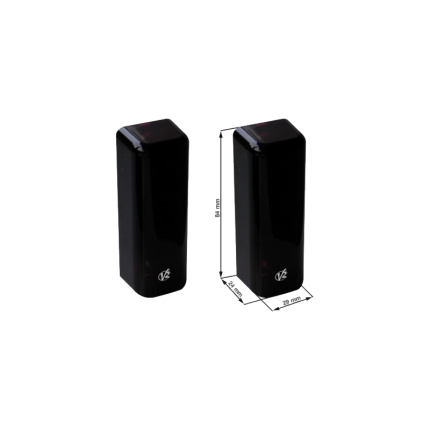
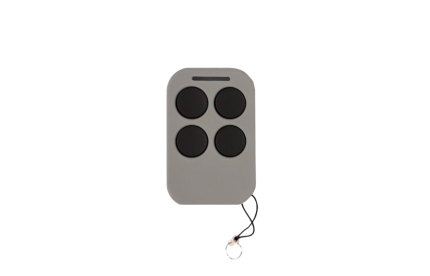
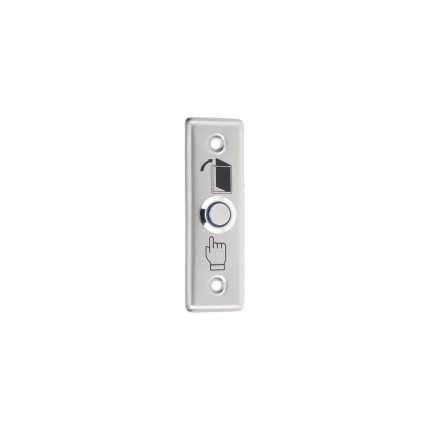

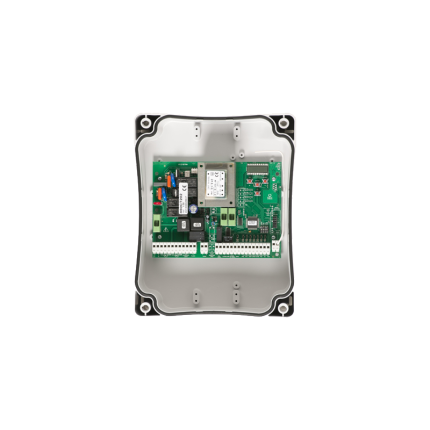

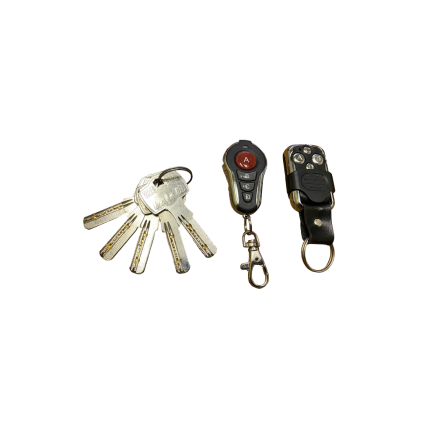
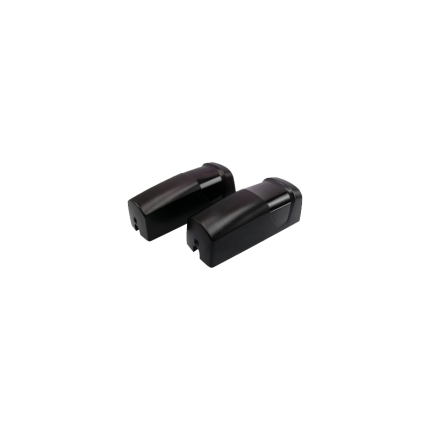
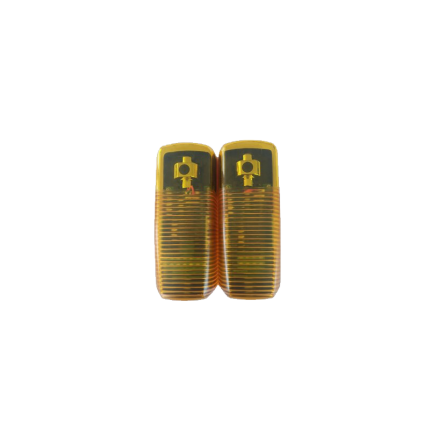









Reviews
There are no reviews yet.